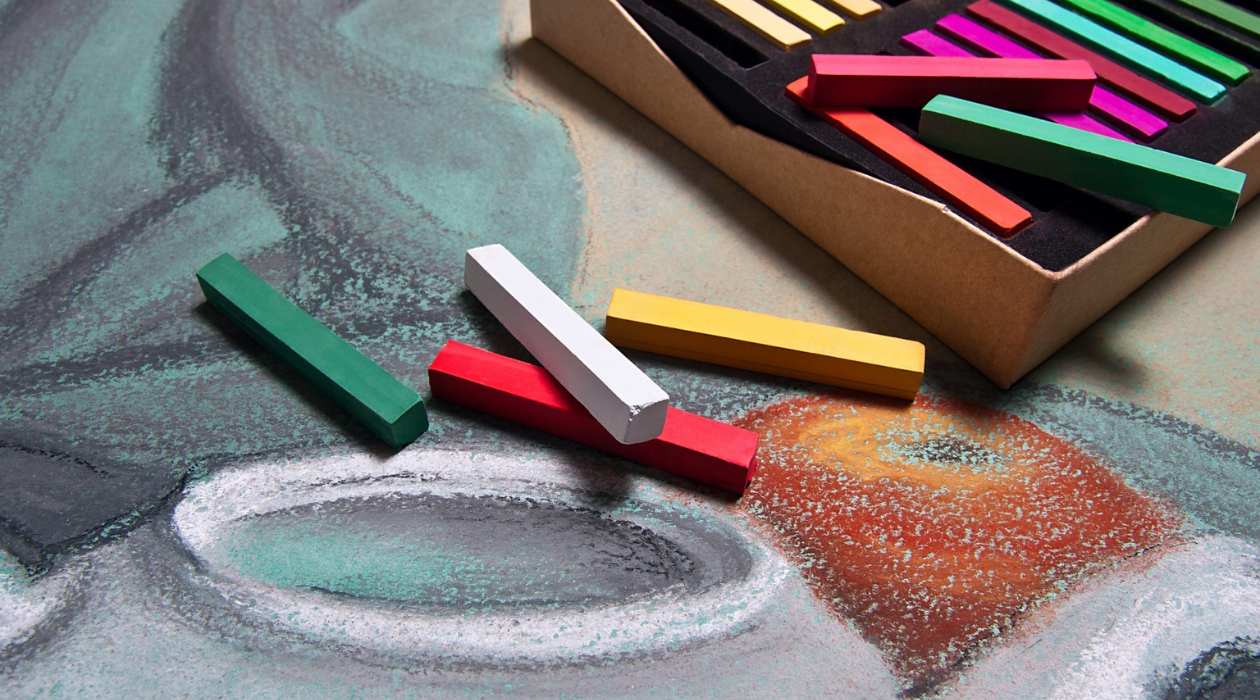

Articles
How To Store Oil Pastel Drawings
Modified: February 23, 2024
Learn the best techniques for storing oil pastel drawings in this comprehensive guide. Discover how to preserve your artwork for years to come with these helpful articles.
(Many of the links in this article redirect to a specific reviewed product. Your purchase of these products through affiliate links helps to generate commission for Storables.com, at no extra cost. Learn more)
Introduction
Welcome to the world of oil pastel drawings! Whether you are a seasoned artist or just starting out, one thing is for certain – preserving your artwork is essential.
Oil pastels are a versatile and vibrant medium, known for their rich colors and smooth texture. However, their unique characteristics also require special care when it comes to storing them properly.
In this article, we will guide you through the steps to ensure that your oil pastel drawings are stored in the best possible way to maintain their quality and prevent damage over time.
Preparing your oil pastel drawings for storage is an important first step. It involves ensuring that the drawings are clean, dry, and protected from any potential smudging or smearing.
Key Takeaways:
- Preserve your oil pastel drawings by ensuring they are clean, dry, and protected from smudging. Use acid-free materials and protective sheets to create a safe storage environment and handle your artwork with care to maintain its quality.
- Choose the right storage method, such as a portfolio, sketchbook, or frame, to safeguard your oil pastel drawings. Maintain consistent temperature and humidity levels, handle your artwork with care, and regularly clean and dust the storage space to ensure long-term preservation.
Read more: How To Store Pastel Drawings
Preparing Your Oil Pastel Drawings for Storage
Before storing your oil pastel drawings, make sure that the surface of the artwork is free from any dust or dirt particles. Use a soft brush or a clean cloth to gently remove any visible debris. Avoid using any liquid cleaners or solvents, as they may interact with the oil pastels and potentially damage the artwork.
If you notice any smudges or smears on the surface of your drawings, you can use a specialized oil pastel fixative spray to seal and protect the artwork. Apply the fixative according to the manufacturer’s instructions, ensuring that you are in a well-ventilated area or outdoors.
After applying the fixative, allow your drawings to fully dry. This may take a few hours or even overnight, depending on the brand of fixative used. Once the fixative has dried, your oil pastel drawings will have a protective layer that will prevent further smudging and help preserve the colors over time.
Choosing the Right Storage Materials
The next step in properly storing your oil pastel drawings is selecting the right materials. The primary goal is to protect the artwork from external factors such as light, moisture, and dust. Here are some essential materials that you will need:
- Archival-Quality Acid-Free Paper: Acid-free paper is essential for storing oil pastel drawings, as it prevents the degradation of the artwork over time. Look for paper that is specifically labeled as archival-quality and acid-free.
- Portfolio or Sketchbook: A portfolio or sketchbook with acid-free pages will provide a safe and convenient way to store your oil pastel drawings. Make sure to choose a size that can accommodate your artwork without excessive bending or folding.
- Protective Sheets: Place a sheet of glassine or tracing paper between each drawing to prevent any smudging or sticking together of the oil pastels. The protective sheets should be acid-free to avoid any potential damage.
- Storage Box: Invest in a sturdy and archival-quality storage box to house your portfolio or sketchbook. This will provide additional protection from light, dust, and other environmental factors.
By using these materials, you can create an optimal storage environment for your oil pastel drawings. Let’s now explore different storage options for your artwork.
Key Takeaways:
- Preserve your oil pastel drawings by ensuring they are clean, dry, and protected from smudging. Use acid-free materials and protective sheets to create a safe storage environment and handle your artwork with care to maintain its quality.
- Choose the right storage method, such as a portfolio, sketchbook, or frame, to safeguard your oil pastel drawings. Maintain consistent temperature and humidity levels, handle your artwork with care, and regularly clean and dust the storage space to ensure long-term preservation.
Read more: How To Store Pastel Drawings
Preparing Your Oil Pastel Drawings for Storage
Before storing your oil pastel drawings, it is crucial to ensure that they are in the best possible condition. By following these steps, you can prepare your artwork for long-term storage and prevent any potential damage or deterioration.
The first step is to carefully examine your oil pastel drawings for any visible dirt, dust, or smudges. Use a soft brush or a clean cloth to gently remove any debris from the surface of the artwork. It is important to be gentle to avoid damaging the delicate layers of the oil pastels.
If you notice any stains or smudges that cannot be easily removed, you can use a kneaded eraser to lift them off the surface. Simply knead the eraser to soften it, then gently press and lift it on the affected areas. This technique allows you to selectively remove unwanted marks without affecting the surrounding artwork.
Once your drawings are clean, it is recommended to give them some time to further dry. Oil pastels have a soft consistency, and they may remain slightly tacky, especially if the artwork is recently created. Allowing them to air-dry for a few hours or overnight will help ensure that they are ready for storage.
Another important consideration is protecting your oil pastel drawings from any potential smudging or smearing. One effective method is to use a fixative spray specifically designed for oil pastels. These fixatives create a protective layer over the artwork, preventing the colors from blending together and offering some resistance to fingerprints and other external factors.
When applying the fixative, it is essential to follow the manufacturer’s instructions carefully. You should do this in a well-ventilated area or preferably outdoors to avoid inhalation of fumes. Hold the fixative can approximately 12 inches away from the artwork and apply a thin, even coat across the entire surface. Allow the fixative to dry completely before proceeding with storage.
Once your oil pastel drawings have been cleaned and properly protected, they are ready for storage. However, it is crucial to handle them with care to avoid any accidental damage. Always hold the drawings by the edges or use clean and dry gloves to avoid transferring oils from your hands onto the artwork.
By taking these steps to prepare your oil pastel drawings for storage, you can ensure their long-term preservation and enjoy their beauty for years to come. Now that your drawings are ready, let’s explore different storage options to keep them safe and protected.
Choosing the Right Storage Materials
When it comes to storing your oil pastel drawings, selecting the right materials is crucial for preserving their quality and longevity. Here are some essential materials to consider:
Archival-Quality Acid-Free Paper: Using acid-free paper is essential to prevent the degradation of your oil pastel drawings over time. Acidic paper can cause the colors to fade and the paper to yellow. Look for paper specifically labeled as archival-quality and acid-free. This type of paper is made to resist acid damage and is ideal for preserving your artwork.
Portfolio or Sketchbook: A portfolio or sketchbook with acid-free pages provides a convenient and safe way to store your oil pastel drawings. When choosing a portfolio or sketchbook, ensure that it is large enough to accommodate your artwork without excessive bending or folding. Additionally, opt for one with a sturdy cover to protect your drawings.
Protective Sheets: Place a sheet of glassine or tracing paper between each oil pastel drawing to prevent smudging and sticking. Glassine is a smooth and translucent paper that is resistant to moisture and oil, making it ideal for separating the drawings. Tracing paper can also be a suitable alternative. Both options provide a barrier that prevents the oil pastels from transferring onto each other.
Storage Box: Invest in a high-quality storage box designed specifically for artwork. Look for a box that is acid-free, sturdy, and spacious enough to accommodate your portfolio or sketchbook without excessive compression. Ensure that the box has a tight-fitting lid to protect your drawings from dust, light, and other environmental factors that could cause damage.
When selecting storage materials, keep in mind that the goal is to create an environment that minimizes exposure to light, moisture, and air pollutants. Acid-free materials are crucial to preventing degradation, while protective sheets and a suitable storage box provide an extra layer of protection.
It is worth noting that temperature and humidity levels can also affect the longevity of your oil pastel drawings. Ideally, store them in a cool, dry place to minimize the risk of mold growth or warping. Avoid storing your artwork in basements, attics, or fluctuating temperature areas, as these conditions can lead to damage over time.
By choosing the right storage materials, you can create an optimal environment for your oil pastel drawings, ensuring their preservation and allowing you to enjoy them for years to come. Now that you have the necessary materials, let’s explore different storage options to protect your artwork effectively.
To store oil pastel drawings, place a sheet of glassine paper between each drawing to prevent smudging. Store them flat in a portfolio or a drawer to protect them from dust and damage.
Read more: How To Store Oil Pastels
Storing Oil Pastel Drawings in a Portfolio
A portfolio is an excellent option for storing and organizing your oil pastel drawings. It provides a convenient, portable, and protective solution to keep your artwork safe. Here are the steps to properly store your oil pastel drawings in a portfolio:
Step 1: Prepare Your Drawings
Ensure that your oil pastel drawings are clean, dry, and free from any smudges or stains. Follow the steps mentioned earlier to clean and protect your artwork, including using a soft brush, eraser, and fixative spray if necessary.
Step 2: Select an Acid-Free Portfolio
Choose a portfolio that is specifically designed for artwork and is labeled as acid-free. Acid-free portfolios are made to resist degradation over time and ensure the longevity of your drawings. Select a size that can easily accommodate your artwork without excessive bending or folding.
Step 3: Insert Protective Sheets
Place a sheet of glassine or tracing paper between each oil pastel drawing. These protective sheets will prevent smudging, sticking, and potential damage from oil transfer. Ensure that the protective sheets are acid-free to avoid any chemical reactions with your artwork.
Step 4: Arrange Your Drawings
Carefully arrange your oil pastel drawings in the portfolio, placing them in the desired order. Avoid overcrowding the portfolio to prevent any potential damage or creasing. Leave some extra space between the drawings for ease of handling.
Step 5: Secure the Portfolio
Close the portfolio securely using the provided straps, zippers, or fasteners. Make sure that the portfolio is tightly closed to prevent dust, light, and other environmental factors from reaching your artwork. A tight seal will also help maintain the integrity of the protective sheets and prevent any movement of the drawings.
Step 6: Choose the Right Storage Location
Select a cool, dry, and stable location to store your portfolio. Avoid areas prone to extreme temperature or humidity fluctuations, such as basements or attics. Ideally, store the portfolio in a room with consistent temperature and humidity levels to minimize the risk of damage.
Step 7: Handle with Care
When accessing or moving your portfolio, handle it with clean and dry hands. Avoid touching the drawings directly to prevent oil transfer or smudging. Always hold the portfolio securely by the handles or edges to avoid any accidental damage.
Storing your oil pastel drawings in a portfolio provides a secure and organized way to preserve your artwork. The acid-free portfolio, along with the protective sheets, ensures that your drawings are safeguarded from external factors that can cause damage or deterioration. By following these steps, you can keep your artwork safe and readily accessible for future enjoyment or showcasing.
Storing Oil Pastel Drawings in a Sketchbook
A sketchbook is a versatile and compact option for storing your oil pastel drawings. It allows you to keep your artwork organized, protected, and easily accessible. Here are the steps to properly store your oil pastel drawings in a sketchbook:
Step 1: Prepare Your Drawings
Before placing your oil pastel drawings in a sketchbook, ensure that they are clean, dry, and free from any smudges or stains. Follow the steps mentioned earlier to clean and protect your artwork, including using a soft brush, eraser, and fixative spray if necessary.
Step 2: Choose an Acid-Free Sketchbook
Select a sketchbook that is specifically designed for artwork and is labeled as acid-free. Acid-free sketchbooks are made to resist degradation over time and ensure the longevity of your drawings. Choose a size that can comfortably accommodate your artwork without excessive bending or folding.
Step 3: Insert Protective Sheets
Place a sheet of glassine or tracing paper between each oil pastel drawing. These protective sheets will prevent smudging, sticking, and potential damage from any oil transfer. Ensure that the protective sheets are acid-free to avoid any chemical reactions with your artwork.
Step 4: Adhere Your Drawings
Carefully adhere your oil pastel drawings to the pages of the sketchbook. You can use acid-free adhesive or double-sided tape to secure the drawings in place. Be gentle and ensure that the adhesive is applied evenly, without any excess that could potentially damage the artwork.
Step 5: Arrange Your Drawings
Organize your oil pastel drawings in the desired order within the sketchbook. Consider themes, color schemes, or any other criteria that are relevant to your artwork. Leave some space between the drawings to prevent any potential smudging or sticking when the sketchbook is closed.
Step 6: Protect the Sketchbook
When not in use, keep your sketchbook closed or store it in a protective sleeve or case to safeguard it from dust, light, and other environmental factors. This will help maintain the condition of your drawings and prevent any accidental damage.
Step 7: Choose the Right Storage Location
Find a cool, dry, and stable location to store your sketchbook. Avoid areas prone to extreme temperature or humidity fluctuations, such as basements or attics. Ideally, store the sketchbook in a room with consistent temperature and humidity levels to minimize the risk of damage.
Step 8: Handle with Care
When using or moving your sketchbook, handle it with clean and dry hands. Avoid touching the drawings directly to prevent oil transfer or smudging. Always open and close the sketchbook gently to avoid any accidental damage to the pages or the artwork.
Storing your oil pastel drawings in a sketchbook offers a compact and protective solution for preserving your artwork. The acid-free sketchbook, along with the protective sheets, ensures that your drawings are shielded from external factors that can cause damage over time. By following these steps, you can keep your artwork safe and conveniently organized in a sketchbook for future reference or enjoyment.
Storing Oil Pastel Drawings in Frames or Mountings
Another popular option for storing and displaying oil pastel drawings is to frame them or mount them on a surface. This method not only protects your artwork but also allows you to showcase it as a finished piece. Here are the steps to properly store your oil pastel drawings in frames or mountings:
Step 1: Prepare Your Drawings
Ensure that your oil pastel drawings are clean, dry, and free from any smudges or stains. Follow the steps mentioned earlier to clean and protect your artwork, including using a soft brush, eraser, and fixative spray if necessary.
Step 2: Select a Frame or Mounting Material
Choose a frame or mounting material that not only complements your oil pastel drawings but also provides adequate protection. Select a frame or mounting board made of acid-free and archival-quality materials to prevent damage to your artwork over time.
Step 3: Use a Mat Board
If using a frame, consider using a mat board to create a border between the artwork and the glass. Mat boards not only enhance the aesthetic appeal but also provide a buffer space to prevent the oil pastels from coming into contact with the glass, which can lead to smudging or sticking.
Step 4: Mount Your Drawings
Securely mount your oil pastel drawings onto the mounting surface or within the frame. Use acid-free adhesive or mounting tape to adhere the drawings in place. Be careful and ensure that the adhesive is evenly applied without any excess that could potentially damage the artwork.
Step 5: Add Protective Glass or Acrylic
If using a frame, cover the artwork with protective glass or acrylic. This not only adds an extra layer of protection but also helps shield the drawings from dust, light, and other environmental factors. Make sure to clean the glass or acrylic periodically to maintain the visibility of your artwork.
Step 6: Choose the Right Display Location
Find an appropriate location to display your framed oil pastel drawings. Avoid areas that receive direct sunlight or are prone to extreme temperature or humidity fluctuations. Ideally, choose a spot where your artwork can be enjoyed without exposure to excessive light or fluctuating conditions.
Step 7: Handle with Care
When handling framed oil pastel drawings, ensure that you hold them by the frame and avoid touching the surface of the artwork. This will prevent any potential transfer of oils or damage to the delicate layers of the pastels. Take care when cleaning the frame or glass to avoid accidental damage to your artwork.
Storing oil pastel drawings in frames or mountings not only protects your artwork but also allows you to proudly display it as a finished piece. By following these steps and using high-quality materials, you can ensure the longevity and visual appeal of your oil pastel drawings for years to come.
Additional Tips for Properly Storing Oil Pastel Drawings
Preserving your oil pastel drawings requires more than just choosing the right storage method. Here are some additional tips to help you ensure the long-term protection and quality of your artwork:
Avoid Direct Sunlight: Exposure to direct sunlight can cause fading and discoloration of your oil pastel drawings. It is crucial to keep them away from windows or any areas that receive direct sunlight. If displaying your artwork, choose a location that has minimal exposure to UV rays or consider using UV-protective glass or acrylic.
Control Humidity: High humidity levels can lead to mold growth, warping, and deterioration of your oil pastel drawings. Avoid storing your artwork in areas with high humidity, such as basements or bathrooms. Consider using a dehumidifier in the storage space to keep humidity levels in check.
Rotate Artwork: If you have a collection of oil pastel drawings, consider rotating them periodically. This helps distribute exposure to light and prevents any single piece from fading more quickly than others. By rotating your artwork, you can ensure that all pieces receive equal attention and protection.
Regularly Clean and Dust: Dust and debris can accumulate on the surface of your oil pastel drawings, causing potential damage over time. Regularly clean and dust the storage area to prevent dirt particles from settling on your artwork. Use a soft brush or a clean microfiber cloth to gently remove any visible dust without smudging the pastels.
Keep Artwork Flat: Storing your oil pastel drawings flat helps prevent bending, creasing, or warping of the artwork. If using a portfolio or sketchbook, make sure it lays flat and is not subjected to excessive pressure or bending. If using frames or mountings, ensure they are properly secured and positioned horizontally to maintain the integrity of the artwork.
Keep Records: It is beneficial to keep detailed records of your oil pastel drawings, such as the date created, materials used, and any additional information relevant to the artwork. This documentation will not only help you track the progress of your artistic journey but also provide valuable information for future reference or potential exhibitions.
Regularly Check for Damage: Periodically inspect your stored oil pastel drawings for any signs of damage or deterioration. Look for smudging, discoloration, or any changes in the condition of the artwork. Promptly address any issues to prevent further damage and ensure the longevity of your drawings.
By following these additional tips, you can go the extra mile in properly storing your oil pastel drawings. These measures will help protect your artwork from various environmental factors and maintain its quality for years to come.
Read more: How To Get Oil Pastel Out Of A Carpet
Conclusion
Preserving your oil pastel drawings is essential to ensure their longevity and maintain their vibrant colors. Proper storage techniques and materials play a crucial role in safeguarding your artwork from damage caused by external factors such as light, moisture, and dust. By following the steps and tips outlined in this article, you can effectively store your oil pastel drawings and enjoy them for years to come.
Start by preparing your drawings, making sure they are clean, dry, and protected from smudging or staining. Utilize acid-free materials, such as archival-quality paper, portfolios, sketchbooks, or frames, to create a safe environment for your drawings. Incorporate protective sheets like glassine or tracing paper to prevent any oil transfer or sticking between drawings.
Based on your preference and available space, choose an appropriate storage method such as a portfolio, sketchbook, or frame. Keep in mind the importance of maintaining consistent temperature and humidity levels in the storage area to prevent damage to your artwork.
Remember to handle your oil pastel drawings with care, using clean and dry hands or gloves to avoid transferring oils. Rotate your artwork periodically to evenly distribute exposure to light, and regularly clean and dust the storage space to prevent dust particles from settling on your drawings.
By following these guidelines, you can ensure that your oil pastel drawings remain in optimal condition, preserving their beauty and allowing you to enjoy them for years to come. Whether you choose to store them in a portfolio, sketchbook, or frame, the proper storage techniques and materials will help protect your artwork from potential damage and deterioration.
Now that you have the knowledge and tools to properly store your oil pastel drawings, take the necessary steps to implement these practices. Your efforts will not only protect your artwork but also contribute to its long-lasting beauty and value.
So, go ahead and confidently store your oil pastel drawings, knowing that they are protected and ready to be admired whenever you choose to revisit them.
Frequently Asked Questions about How To Store Oil Pastel Drawings
Was this page helpful?
At Storables.com, we guarantee accurate and reliable information. Our content, validated by Expert Board Contributors, is crafted following stringent Editorial Policies. We're committed to providing you with well-researched, expert-backed insights for all your informational needs.

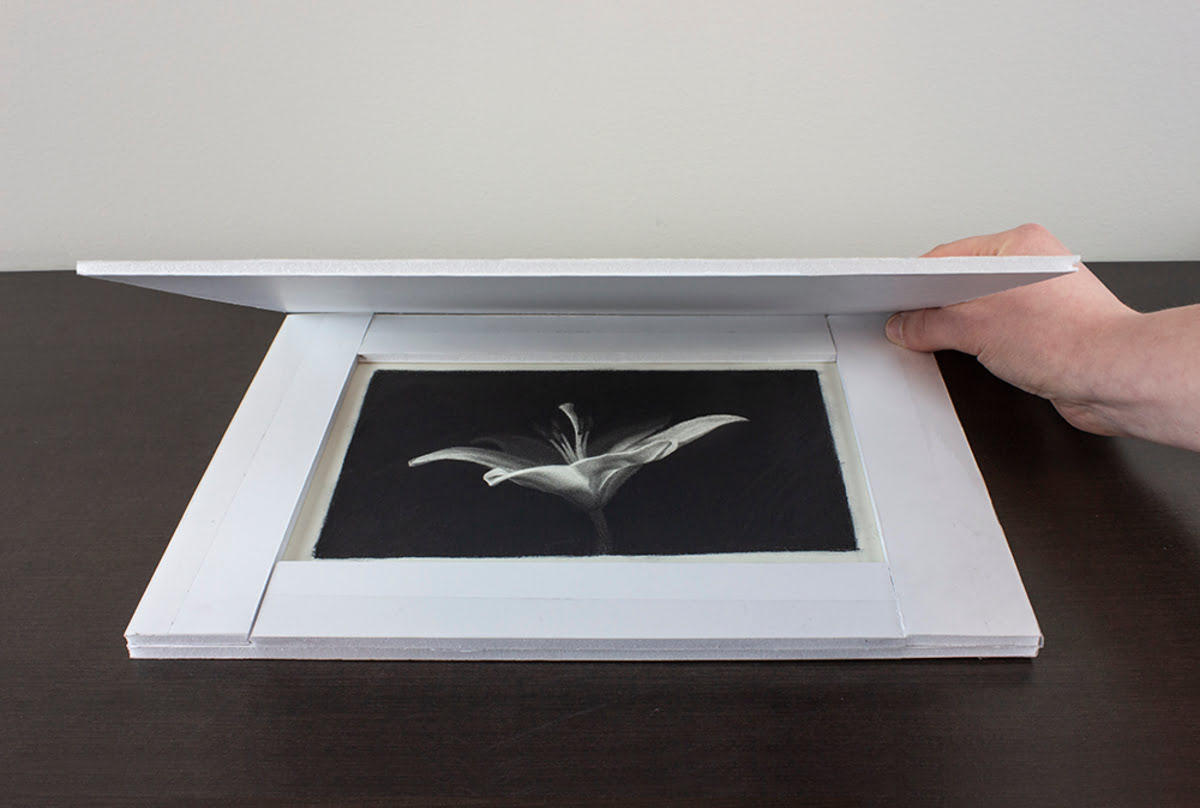

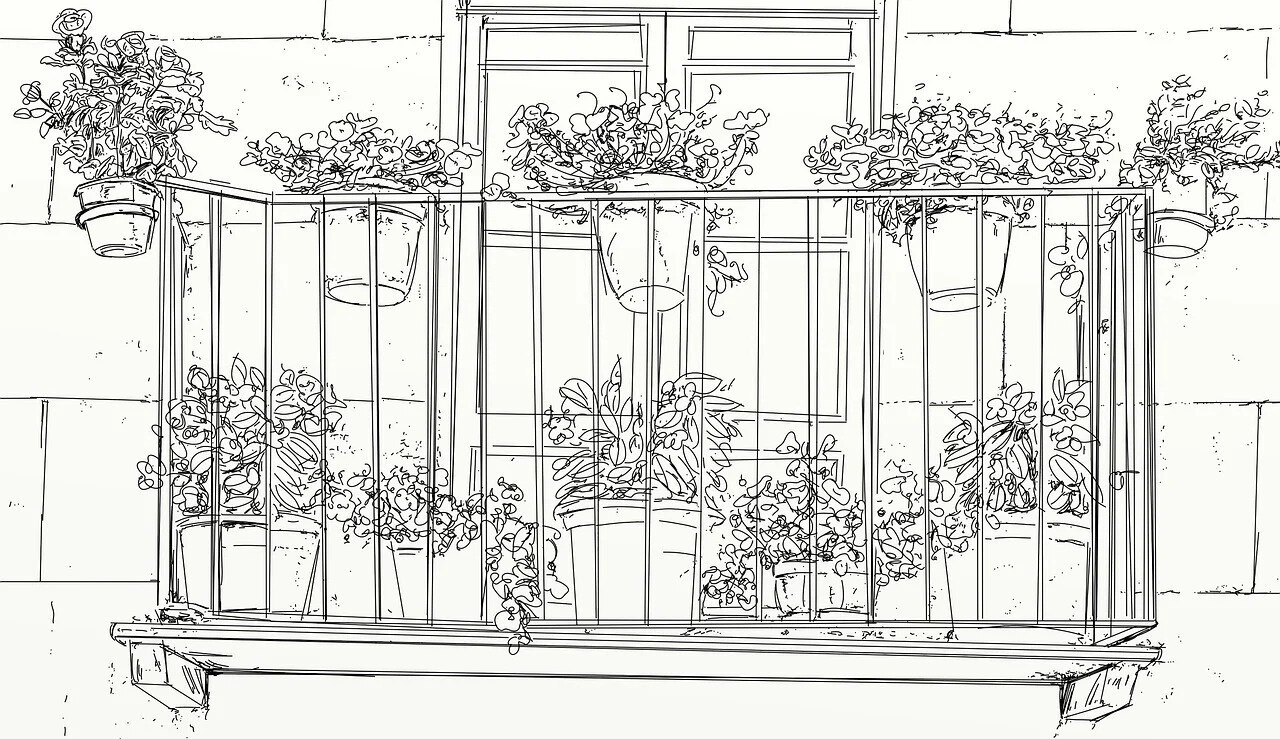
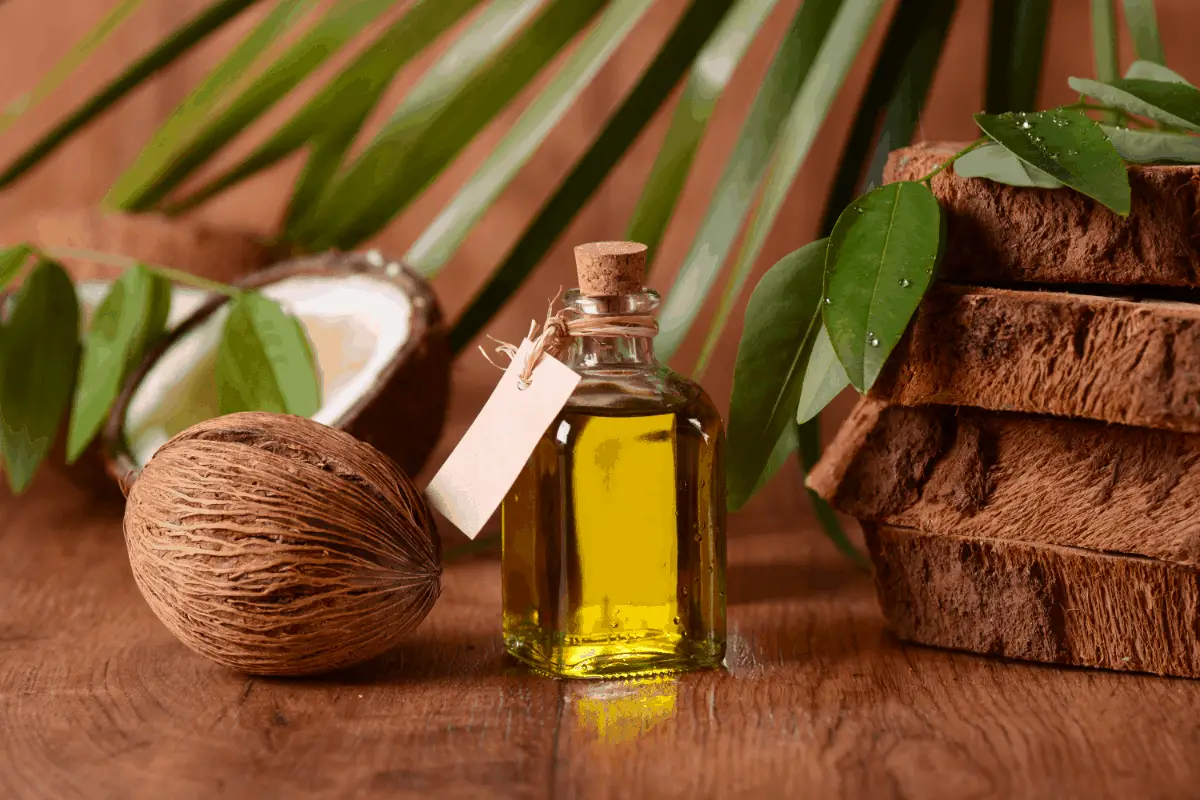
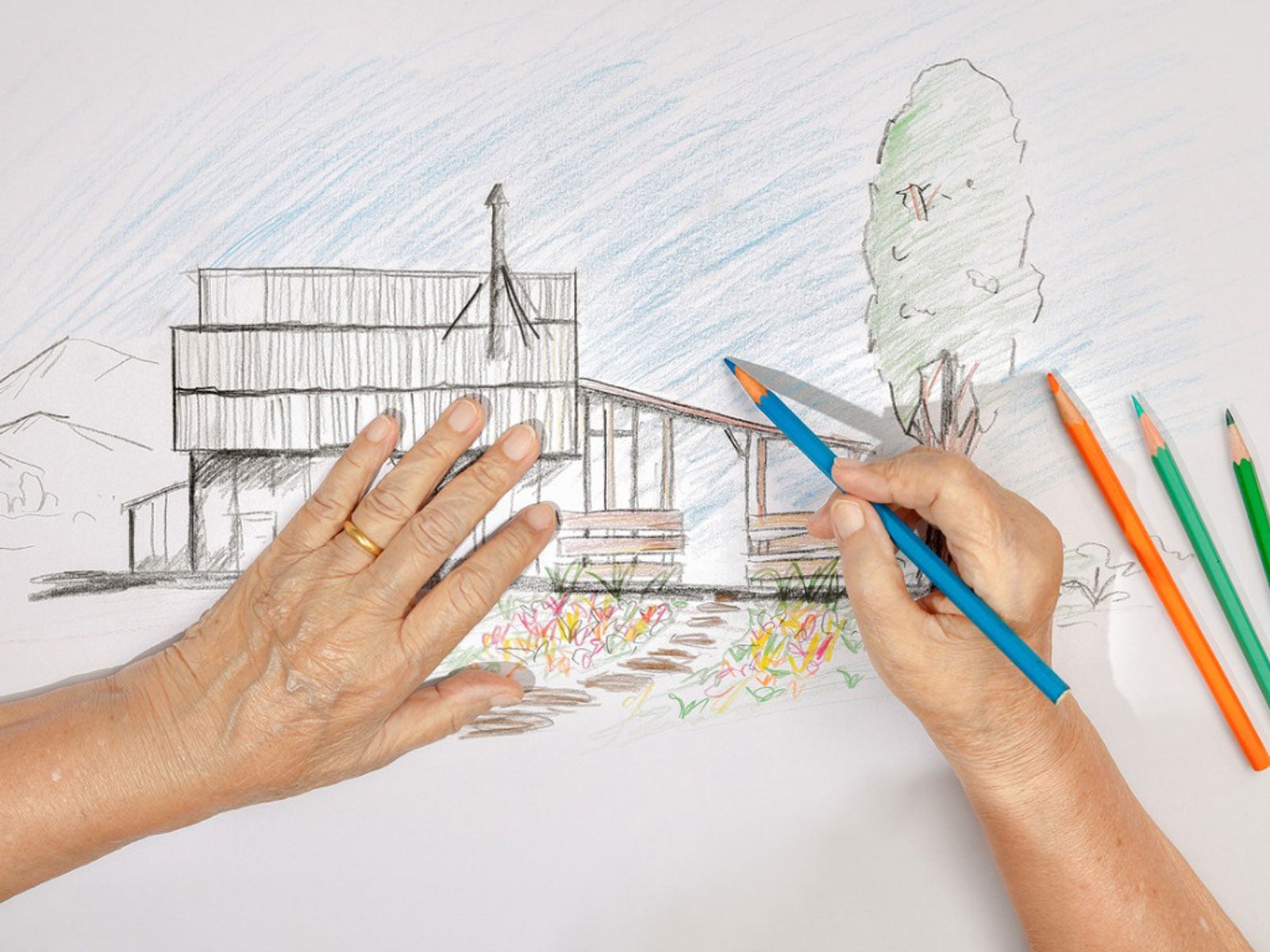


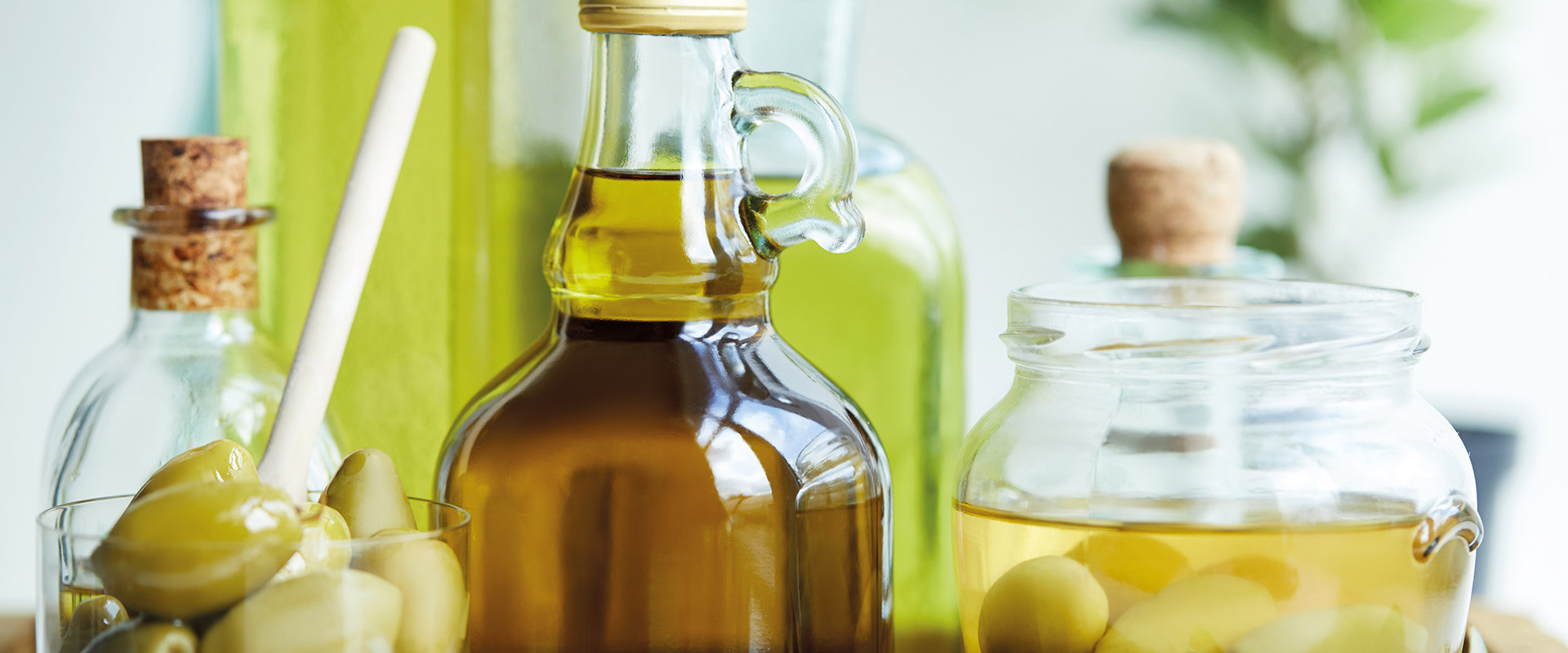


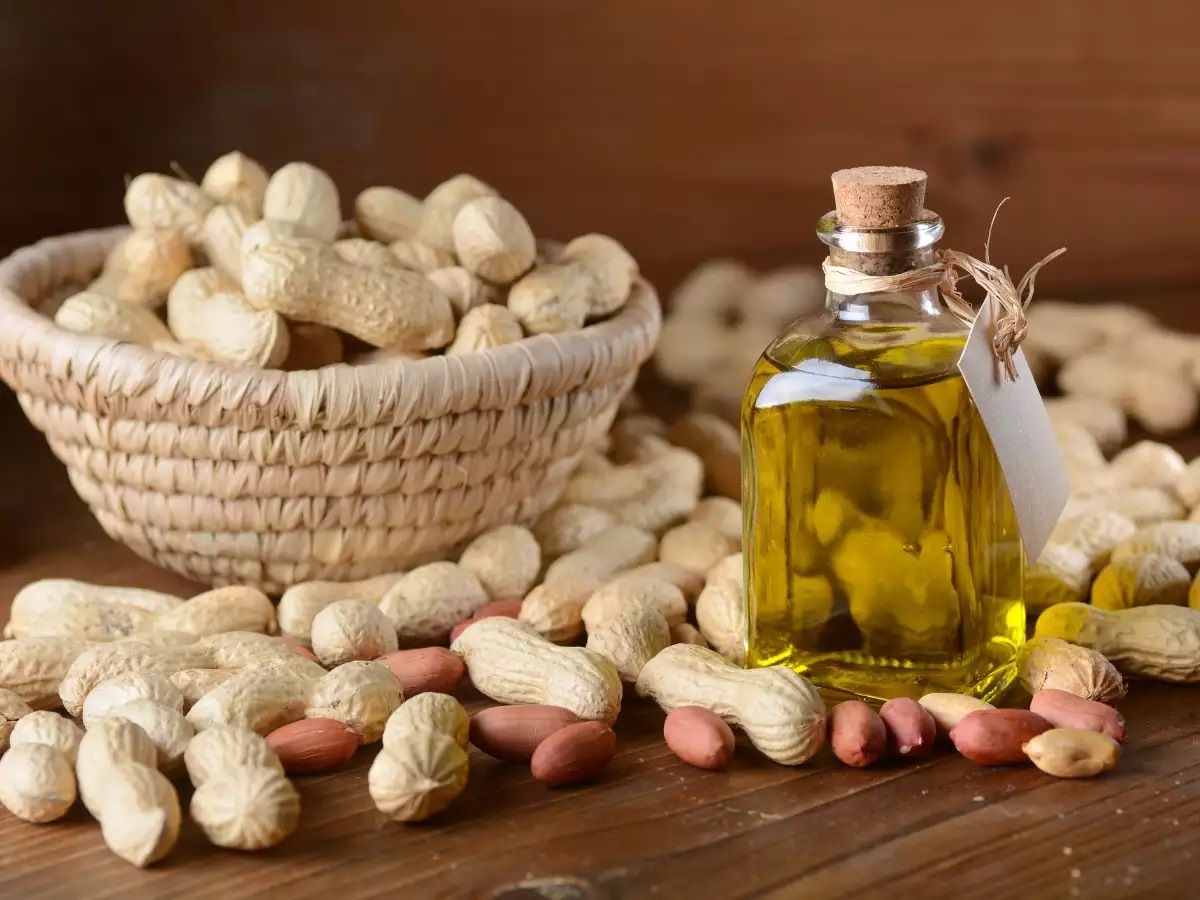


0 thoughts on “How To Store Oil Pastel Drawings”